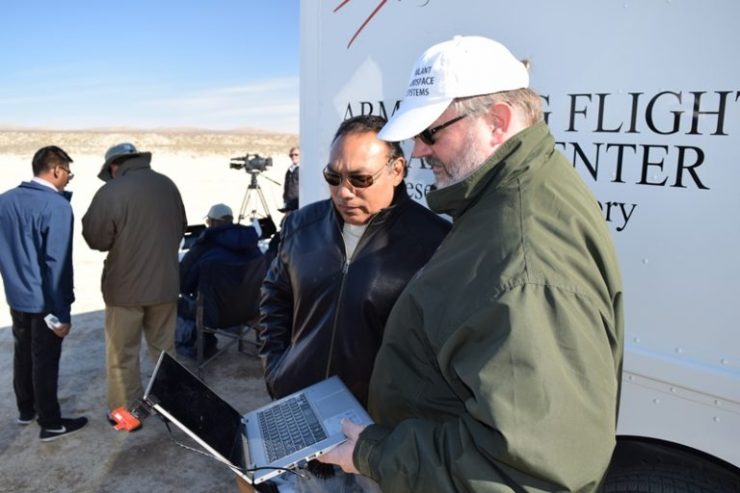Vigilant Aerospace Systems has signed a new patent license agreement with the National Aeronautics and Space Agency (NASA) covering the use of radar in detect-and-avoid and unmanned traffic management (UTM) systems, including in the company’s FlightHorizon family of products.
The new patent covers the use of radar to extract target data for detect-and-avoid purposes on an unmanned aircraft; fusing of radar target data with data from other sources to confirm targets; storage and processing of consolidated target data on-board the aircraft; the use of fused data on-board the aircraft for avoidance purposes; innovations around dynamically and automatically switching from ground-based to on-board sensors based on link availability; and the use of an on-board detect-and-avoid computer, among other innovations.
The company exclusively licensed NASA’s Patent No. 9,405,005 in 2016 which forms the basis for the company’s FlightHorizon products. The newly licensed patent, Patent No. 10,302,759, depends on the innovations in the original patent but extends them to include the use of radar for detect-and-avoid and situational awareness on-board the unmanned aircraft system (UAS), fusion of radar with other data sources for detect-and-avoid and various other innovations.
Vigilant Aerospace CEO Kraettli L Epperson said: “Radar is a critical addition for safety because it allows detect-and-avoid and airspace management systems to see both aircraft with transponders – cooperative traffic – and aircraft without transponders – non-cooperative traffic,” said Epperson. “Safe flight of UAS beyond visual line-of-sight requires the ability to see and avoid all kinds of aircraft and this new patent allows us to incorporate that into our products.”
The original NASA patent licensed by the company (Patent No. 9,405,005) covered innovations related to detect-and-avoid for unmanned aircraft including inventions around user interface design for collision avoidance systems for unmanned aircraft and integration of transponders into unmanned aircraft, among several other innovations.
For more information visit:




